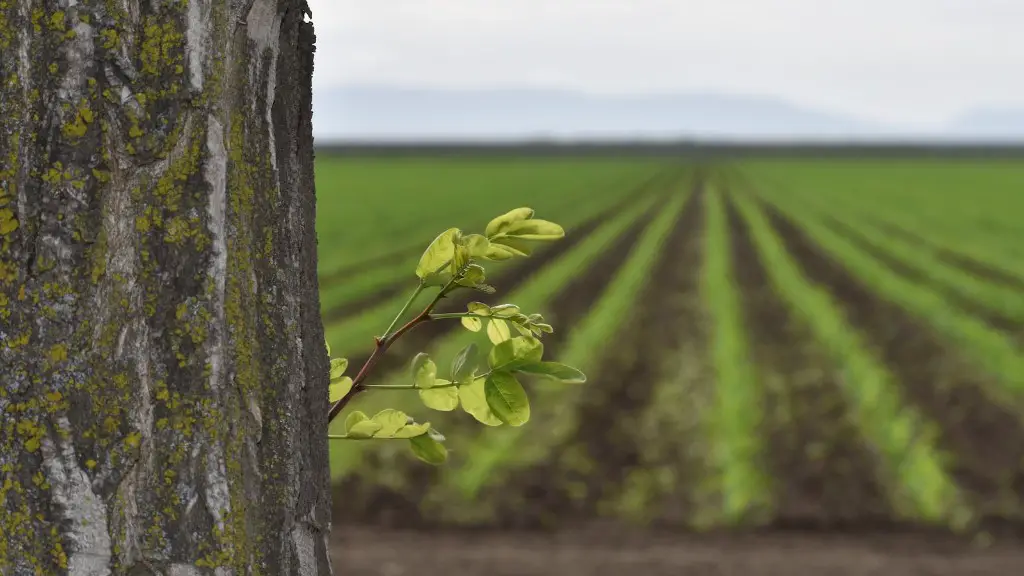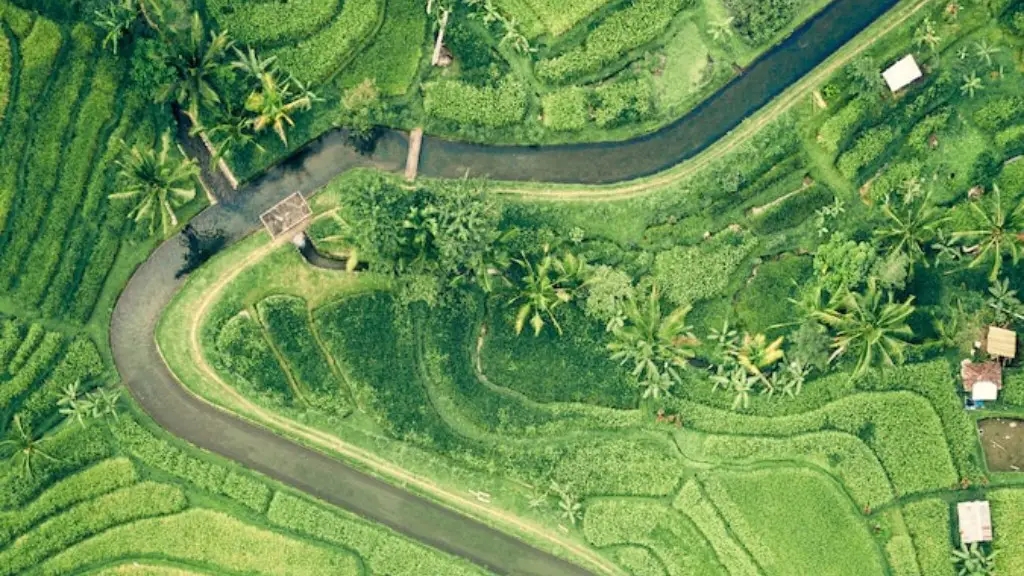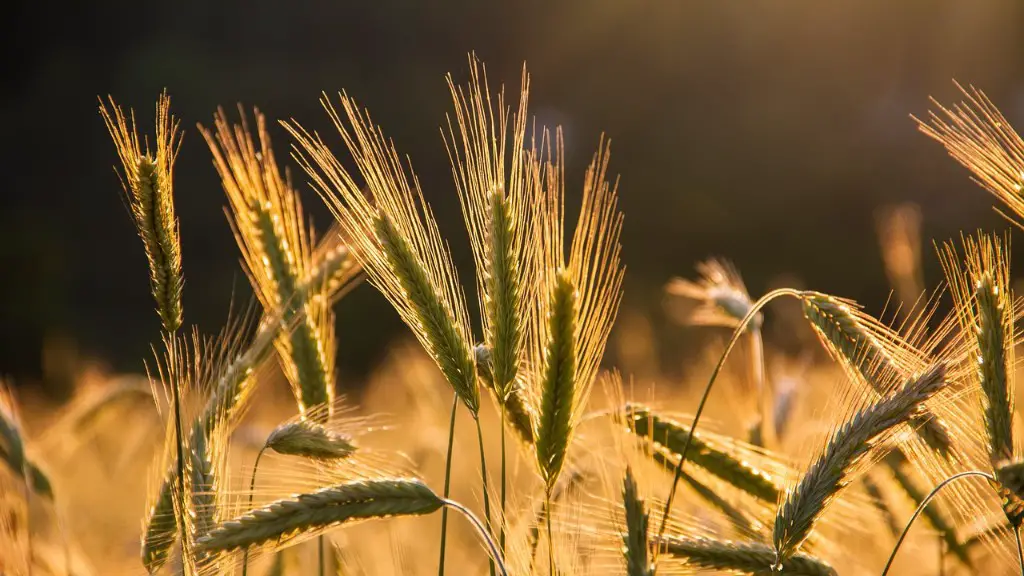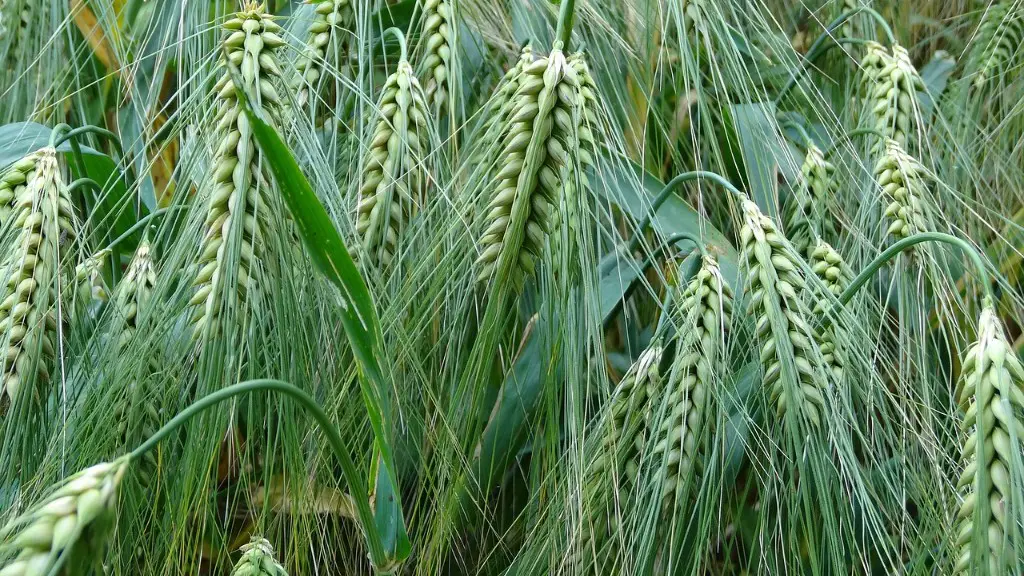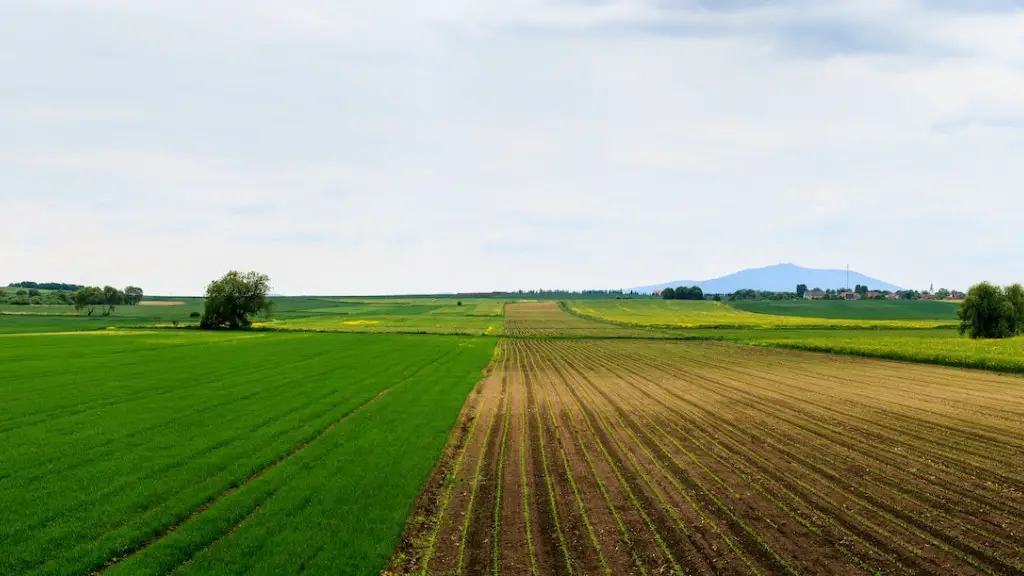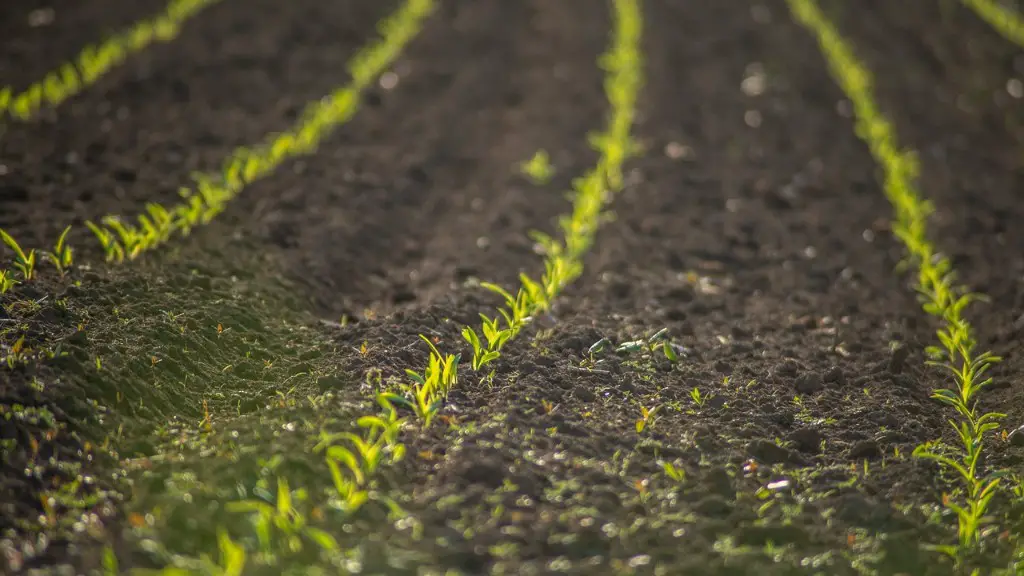Agriculture has been a fundamental element of civilization since the beginning of humankind. It has been integral in shaping up cultures and societies across the world. Agriculture refers to the practice of growing plants, animals, and other forms of life forms that are intended to be used as food and fiber. It includes the preparation of land and soil, the planting of crops, the harvesting and the use of animal husbandry to raise livestock.
Agriculture is the process of producing food, fiber, and other products by the cultivation of plants, animals, and other life forms. It involves breeding, planting, tending crops, harvesting, and selling the products of these efforts. It is also used to help stabilize and maintain environmental balances, reduce erosion, and improve biodiversity. Agriculturists must also address issues related to food safety, water resources, and public health.
Agricultural products can range from fruit and vegetables, grains and hay to animal products such as meat, eggs and milk. The products created by the agricultural sector are essential to sustaining human life, both for their nutritional value and for their economic importance. They also provide employment and income for many households.
Agriculture is an integral part of the land’s history and identity, and the processes and techniques used by farmers are varied and include traditional practices, scientific studies, and modern technologies. In recent years, new practices have emerged to address issues of sustainability, food security, global climate change, and other environmental issues, thereby ushering in a more holistic approach to farming.
Agriculture is also a major contributor to employment, providing livelihoods to millions of people in rural and urban communities around the world. It is an industry of critical importance to national economies, and the livelihoods of millions of rural families depend on the sustenance it can provide.
Tools, Equipment and Technology Used in Agriculture
Agriculture requires a range of tools and equipment, from basic hand tools such as hoes and shovels, to modern mechanized tools and machinery. In recent years, as technology has improved, agricultural tools and equipment have become more specialized and sophisticated; for example, tractors and combines have become more precise and efficient when it comes to plowing, planting, and harvesting.
In addition, modern technology has allowed for improved methods of communication and data collection, enabling farmers to harness the power of data and analytics to optimize their farming operations and make more informed decisions.
The use of GPS-enabled mapping and scouting technology can help farmers to identify problem areas in their fields and apply precise treatments to specific parts of the fields via remote controls. Other technologies, such as automated irrigation systems, can lower operational costs and help farmers conserve valuable water.
The advent of artificial intelligence and machine learning has opened the door to even greater precision in the agricultural industry. Cleverly designed camera-equipped robots can be used to monitor crops, identify crop health issues, and make recommendations for more efficient labor practices.
Fertilizers and Pest Control in Agricultural Practice
Fertilizers are often used in agricultural practice to increase the fertility of soil, allowing for higher yields and better quality crops. Fertilizers are also used to provide vital micronutrients to the soil and plant life. Pest control is also critical to successful agricultural production; chemical pesticides, as well as natural methods such as predators and traps, are used to protect crops and prevent disease.
In many cases, an integrated approach to pest control is used, combining natural methods with the judicious use of chemical fertilizers and pesticides. Such approaches are increasingly important given the increasingly harsh environmental conditions in many parts of the world.
In addition, Farmers now have access to a variety of digital tools and services that help them to keep track of their farmland and make informed decisions about when, where, and how to apply fertilizers and pest control products. Online marketplaces and agricultural data analytics are helping to make farming more efficient and cost-effective.
At the same time, the growing demand for organically-grown products is driving the uptake of sustainable farming practices, such as the use of cover crops, crop rotations, and beneficial insects.
The Economics of Agriculture
Agriculture is a highly profitable sector of the economy. As a result, it can attract significant investments, both from private investors and governmental agencies. These investments in turn encourage the development of new technologies and help fund research and development into new agricultural products, processes, and methods.
At the same time, government subsidies and assistance programs have helped to ensure that smaller farmers don’t find it difficult to manage their operations in a competitive market. Many countries also have laws and regulations in place in order to protect their agricultural industries from unfair competition from foreign imports.
Agricultural economics has become increasingly important in the past few decades, as governments, economists, and other experts turn to this field for insights and analysis, attempting to understand the implications of globalization, environmental change, and other factors on the agricultural sector, and to identify strategic and competitive approaches for managing this sector.
The Social and Environmental Impact of Agriculture
Agriculture has been linked to a number of social and environmental issues. Agricultural practices such as the burning of crop residues have been linked to deforestation and climate change, while water scarcity and water pollution, which are often caused by agricultural operations, have become major concerns in many parts of the world.
At the same time, agriculture has also had a positive impact on society. It has increased yields, provided jobs, and helped to ensure food security—in some cases, to the point where malnutrition no longer threatens the health and well-being of millions of people.
In addition, as technology and agricultural practices become more efficient, the demand for food has been able to keep up with population growth, leading to an overall improvement in food security. As such, agriculture is an important aspect of sustaining the long-term health and stability of society.
The Benefits of Sustainable Agriculture Practices
Sustainable agricultural practices, such as the use of cover crops and crop rotations, can help farmers to improve their yields, reduce water usage, and minimize their overall environmental impact. Many farmers have adopted these practices, as they can result in lower costs and better returns on investments.
In addition, agricultural sustainability can help to preserve biodiversity, while reducing erosion, water pollution, and the negative impacts of climate change. This can result in improved crop productivity, fewer problems with pests and diseases, and better conditions for animals, plants, and the environment.
In addition, sustainable agricultural practices can help to create a sense of community and identity, and make farming more attractive to younger generations. As such, they can have a positive impact on the social and economic health of communities.
Finally, sustainable agricultural practices can also help to ensure a more equitable distribution of resources, both within a country and between countries, thus helping to reduce inequality.
